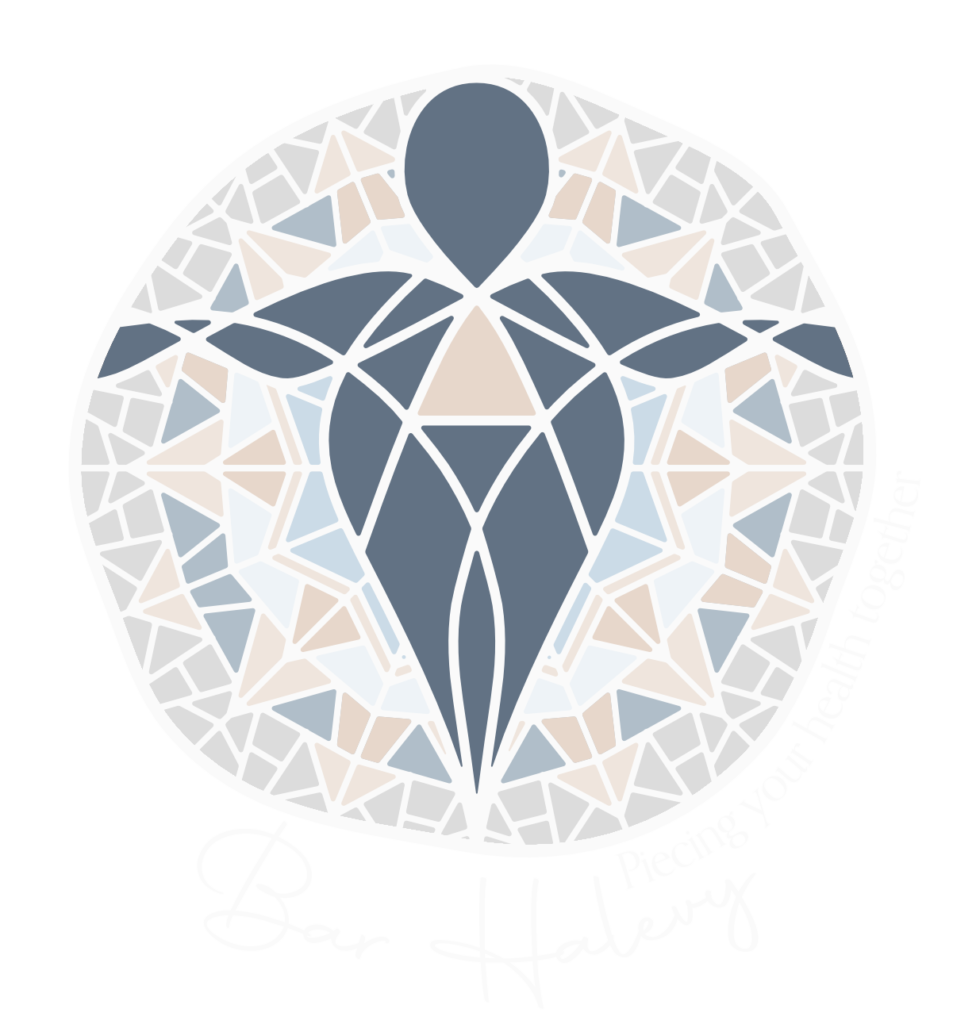Health was defined as a “state of complete physical, mental and social well-being and not merely the absence of disease or infirmity” by the WHO back in 1948. It is naturally at the very core of human concerns, public debates, and ethical and deontological controversies. This definition sounds challenging as it expands the concept of health beyond the mere physical characteristics of disease it is often limited to, incorporating psychosocial, behavioral and environmental aspects of individuals’ wellbeing.
Nonetheless, what we refer to as healthcare seems to presuppose a very different vision of health. Everytime we call upon our healthcare system, we present with pain, discomfort or with a diagnosis that requires a follow-up. In other words, it is the symptoms that we experience that take us to the doctor. And for good reason: according to the Oxford English Dictionary, symptoms are physical or mental features regarded as indicating a condition of disease.
But doesn’t this reality make our healthcare system look more like a disease care system? Do we really care more about health than we do about symptoms? Let’s take two examples:
Pills are reimbursed, organic food is not.
Surgeries are reimbursed, physical exercise is not.
Attempts of cure are reimbursed, and it is fundamental to support individuals within our society, but prevention is not.
So we can choose to either wonder what causes disease, or what causes health. AK and chiropractic perceive health as a continuum or an innate but alterable condition. This vision unveils the need for the individuals to actively take part in the process of recovering health, achieving their wellbeing and so improving their quality of life. It urges people to get informed, well-advised and empowered so that they can invest in their health instead of getting sick for free. As a chiropractor and an AK practitioner, my mission is to guide my patients towards the healthiest version of themselves. This journey along the continuum that spreads between optimal life and death and implies one’s ability to adapt. Feasibility, pace and success of adaptation depend upon our resilience, or adaptability:
In our daily life, we are constantly confronted with stressors. They can be physical, like a fall, a burn or even gravity pulling us downwards. They can be chemical, just like air or water contamination, smoking or bad dietary habits. Finally, they can be psychological or emotional, like being trapped in a toxic relationship or being overwhelmed by work-related stress. In spite of being very common, those daily inconveniences can wreak havoc with our body and mind and destabilize our physiology.
To counter them, the body adapts through defense mechanisms that are meant to enable life to go on. If we fall, we get a bruise or even a wound that will heal itself. If we get burnt, we will form blisters to protect our skin. If we have a bad posture, we will constantly readjust it to keep our eyes balanced with the horizon. Likewise, the body must be resilient to overcome occasional dietary deficiencies or lack of sleep. Even our lungs can adapt to smoke up to a certain degree. These small and almost immediate adaptations can be referred to as “compensations”. The more they last and evolve in time, the more they are replaced by long-term “accommodations” which can be understood as the body’s new normal. Given the present rise of modern and chronic diseases, we might fear that our adaptability is getting compromised, and/or that we are exposed to too many stressors. Cancers, depression, coronary heart disease, type II diabetes, chronic lung disease, and many other notorious diagnoses are known to be caused by numerous stressors that are very likely to disrupt our adaptive capacity. Pathologies reveal our body’s exhaustion and its lack of coping resources, and make us slide away from optimal health and towards chronic illness.
As a chiropractor and an AK practitioner my mission is to maximise health and healing for our practice members in a natural and individualised manner, by identifying physiological dysfunctions and addressing them at their root, shifting away from symptom-based care.

